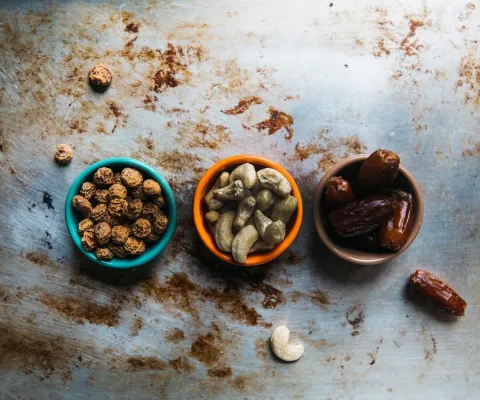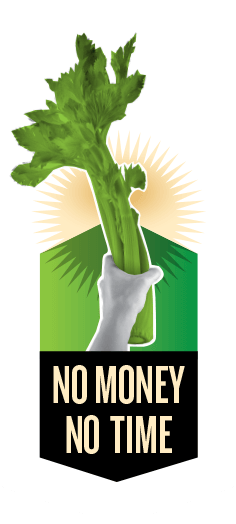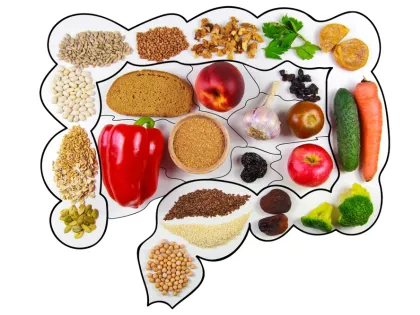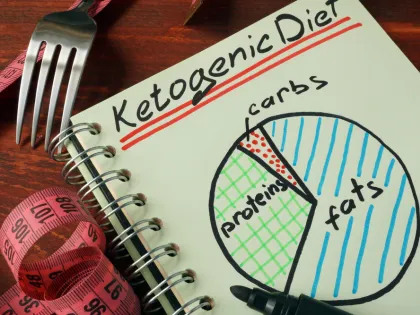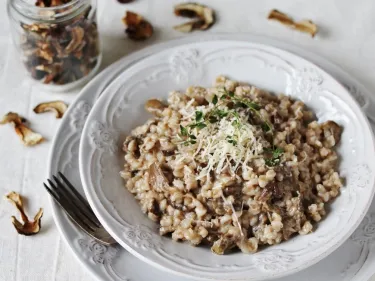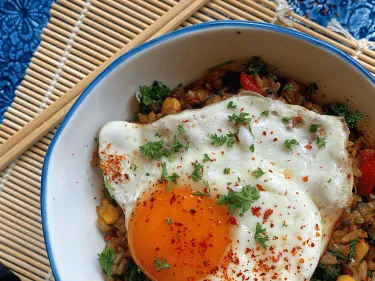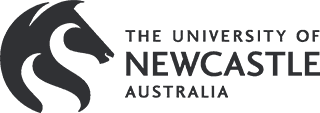What is the Sirtfood diet?
Hailed as the reason for Adele’s dramatic weight loss, the Sirtfood diet is still hitting headlines, but should you try it? The Sirtfood diet encourages people to eat foods that are high in a group of phytonutrients called polyphenols. The idea is that these polyphenols will increase the work of specific proteins called sirtuins. Sirtuins help in the regulation of metabolism, inflammation and ageing. They also enhance your body’s ability to burn fat and help regulate metabolism. Both of these processes are important to achieve weight loss.
What the diet says you can eat?
‘Sirtfoods’ rich in polyphenols include apples, soybeans, kale, blueberries, strawberries, dark chocolate (85%), red wine, matcha green tea, onions and olive oil, among others.
The Sirtfood diet uses two phases over 3 weeks. The first phase (week 1) starts with 3 days of an energy restricted diet (4,200 kJ per day), made up of a Sirtfood green juice and 1 Sirtfood meal. Days 4-7 aim for up to 6,300 kJ per day, made up of 2-3 green juices and 1-2 meals. The second phase (weeks 2-3) aims for an energy intake of 6,300-7,500kJ, including three Sirtfood meals, one green juice and one or two snacks. After the 3 week diet, the aim is to follow a balanced diet, with a focus on including primarily Sirtfoods and green juices.
What are the reported benefits?
Eating polyphenol rich plant food will definitely increase your intake of vitamins, minerals and dietary fibre, which are all essential to achieve a ‘balanced’ diet
For people seeking to lose some weight, the initial energy restriction will result in some weight loss initially
The Sirtfood diet limits energy-dense, ultra-processed foods, which helps reduce your risk of chronic diet-related health problems
What are the downsides?
The initial rapid weight loss that typically occurs in phase one will include some loss of water and glycogen from your muscles and liver, rather than being all body fat. This means that the scales can go back up once the water and muscle glycogen are replenished
The first phase includes a major total energy intake restriction likely to trigger rapid weight loss. This can trigger some side effects like gallstones or liver inflammation in people with underlying health conditions. Hence a medical review by your GP and supervision and support of qualified health professionals is recommended
Some of the recommended foods may be difficult to locate in Australia, or may be expensive
The Sirtfood diet is not supported by scientific evidence from human intervention studies, rather it is based some lab based studies in animals
The bottom line:
The Sirtfood diet relies on anecdotal evidence, and raises some alarm bells when checking it against our checklist for spotting a fad diet. The Sirtfood diet promises quick and dramatic results, and makes claims based on personal testimonials. While it may help to achieve weight loss in the short term, for longterm health and wellbeing, a ‘balanced’ intake of nutrient rich foods that meets nutrient requirements is recommended.
